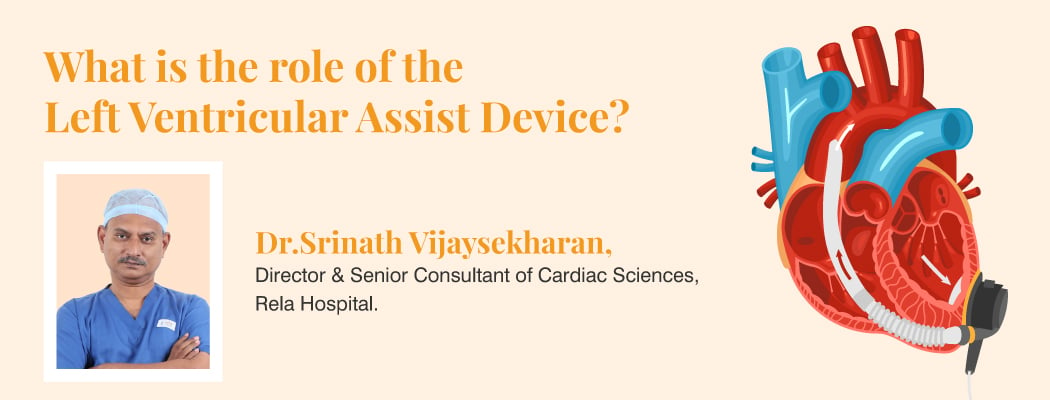Balloon Angioplasty – Guidelines to have a quick recovery
September 30, 2021

What is Balloon Angioplasty?
Balloon Angioplasty is done in the catheterization laboratory. The doctor injects a special dye through a small, thin tube called a catheter into the bloodstream. The dye allows the doctor to view the arteries on an X-ray monitor. A device with a small balloon on its tip is then inserted through an artery in the leg or arm and threaded through the arteries until it reaches the narrowed area. The balloon is inflated to flatten the plaque against the wall of the artery, opening the artery and restoring blood flow. Then the balloon is deflated and removed from your body.
What is the purpose of Balloon Angioplasty?
Balloon angioplasty is predominantly used to treat a medical condition called ‘Hardening of Arteries’ or ‘Vascular Stenosis’. It is also used for other conditions such as
- Heart Attack
- Peripheral Ischemia
- Renal Artery Stenosis
- Subclavian Vein Stenosis
- Unstable Angina
Balloon angiography can be used as an alternative to minimally invasive procedures or more invasive treatments like a coronary artery bypass.
What should you do post-surgery?
Upon the completion of the surgery, the patient is taken to the post-care anesthesia unit and monitored continuously until he/she is fully awake. Once the vital signs are stable, the patient is taken to the allotted room and given something to eat. Based on the health situation of the patient, It will be decided how long they should stay in the hospital.
Experiencing headaches, grogginess, nausea and fatigue is common after undergoing balloon angiography. These effects tend to be resolved in a few hours. There may also be some bruising and occasionally a lump around the incision site. However, it will diminish if the limbs are rested properly.
Homecare treatment post surgery
Upon discharge from the hospital, It is recommended to follow these suggestions to have a smooth recovery.
- It is not advisable to bathe on the first day after discharge
- Limit the amount of time you walk or stand
- Make sure not to lift anything that is heavy
- No unnecessary bending, squatting or climbing stairs
- Avoid driving a car for a week post-surgery
- Stop smoking if you have that habit
- Stick to a regular diet
- Keep yourself hydrated
The process of healing
Following 24 hours, patients can eliminate the bandage and it is vital to keep the wound dry and clean and adhere to the instructions that were given by the specialists. In case of soreness, it is fine to apply a cold compression for 15 minutes. With the proper amount of rest, the patient can continue to work and exercise within a few days or weeks. Regardless of whether the stent is embedded, patients will be provided aspirins medicine to avoid clotting.
Cardiac rehabilitation programmes will begin when you’re in hospital. The patient will also be called for another session taking place within 4 to 8 weeks after they are discharged from hospital.







